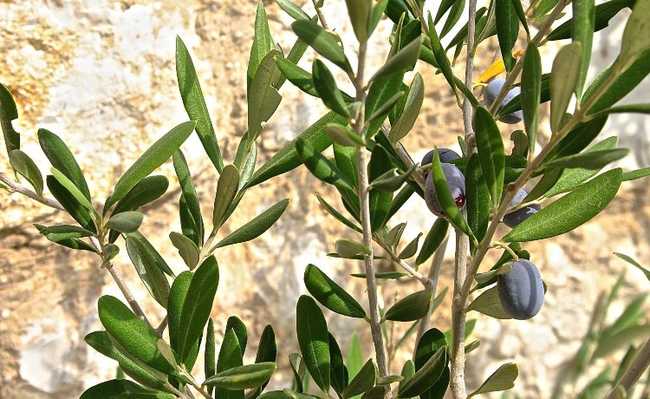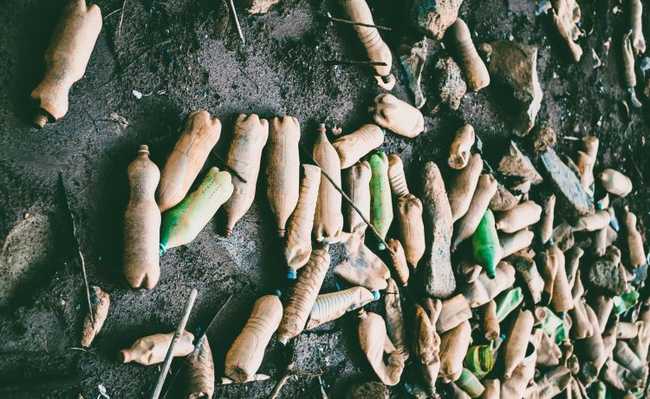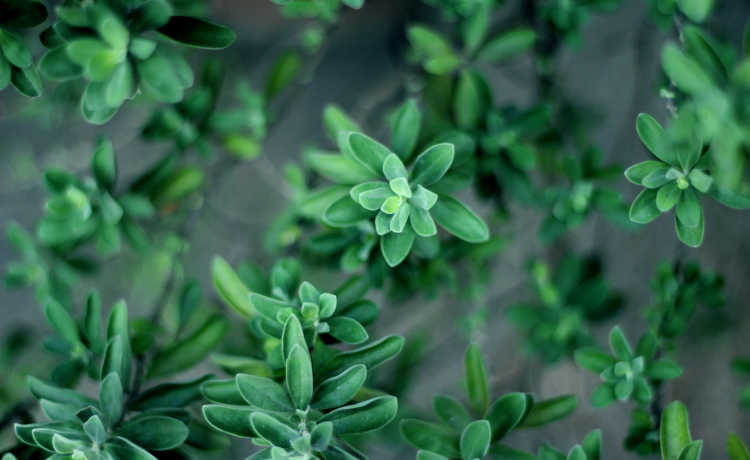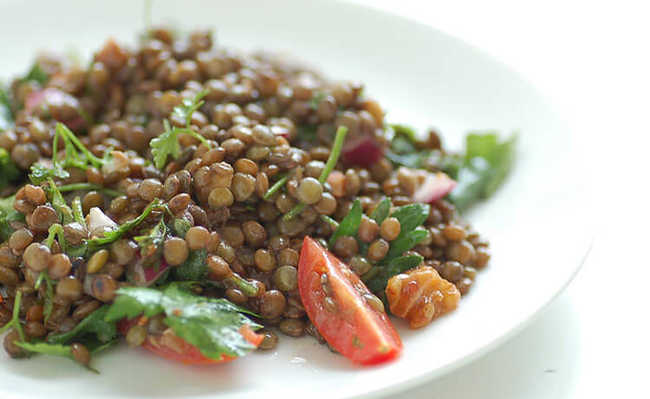Cassava: know its nutritional advantages
In addition to the benefits of cassava for food, it can also be used to create biodegradable packaging

A typical Brazilian food, cassava is an important component of the diet of many people, especially those living in rural areas, in addition to being part of our country's folklore. Legend has it that manioc originates from the early death of Mani, granddaughter of Tuxaua (leader of the tribe), who was buried in the hollow where she lived. After time passed, a plant was born in the place where the body was buried, once the earth opened up at the feet of the plant and the Indians visualized a white root and named it maniac (Mani's house); the plant, they named Maniva. In Brazil, cassava has a close relationship with the socioeconomic formation of the country, being present at various times in our history - it is considered an "indigenous heritage" present throughout the Brazilian territory.
Types
Cassava cultivars can be divided into two groups. The first is the most popular, which has several names: sweet cassava, table cassava, cassava, cassava and sweet cassava - this type of cassava is used for fresh human or animal consumption. The second group is called bitter or wild cassava (unsuitable for fresh consumption), generally used in the food industry for the production of flour or starch, for example.
The big difference between the two groups is the concentration of hydrocyanic acid present in the root, whereas in the first group the concentration is less than 100 parts per million (ppm) or 100 mg of hydrocyanic acid per kilogram of root. Hydrocyanic acid is a toxic compound for human beings, and it is estimated that the lethal dose of hydrocyanic acid ranges between 50 to 60 mg/kg of weight, thus, the processing of cassava from the second group is essential to avoid occurrence of food poisoning. A case of poisoning due to the consumption of wild manioc occurred in the city of Limeira, in São Paulo, in 2003, causing one patient to die. The diagnosis was made after the hospitalization of two more patients who reported consuming cassava with a bitter taste.
Products and source of income
The main products of cassava (mansa) are the minimally processed ones: that is, cassava that is sold at the fair, peeled; or processed ones, such as pre-cooked frozen cassava, not counting the “chips” made with the food. The products derived from wild cassava are dry flour, water flour, starch or sweet and sour cassava - the processing of cassava takes place in starch factories, with the main product being cassava starch or starch, serving as raw material for the paper, textile and food industries, and also as a lubricant in the oil industry. Currently, cassava starch has been gaining ground in the packaging industry as a raw material for biodegradable packaging, representing a major advance for the issue of solid waste that is dumped into the environment.
The cultivation of cassava, and its processing, represent the main source of income in several Brazilian regions, and the small agribusinesses that benefit cassava play a fundamental role in the country's development. According to the Brazilian Association of Economics, Administration and Rural Sociology (Sober), the flour houses, places where cassava is processed, guarantee employment and income for producers, families and other agents involved, moving the economy in the localities where they are located. This activity, in addition to being used for subsistence, presents itself as a promising agribusiness option, as processed cassava can generate several products with high added value, both for human use and for animal feed.
Alternative for those who don't eat gluten
Cassava is a plant of the family Euphobiacea, which produces roots with a high starch content and is also a source of fiber and carotenoids. One of the benefits of cassava is that it is the main food substitute for celiac people, as it does not contain gluten in its constitution. However, cassava leaves can also play a large role in human nutrition, as they are a source of protein, but their digestibility is low. Researches carried out indicate that the protein contents in cassava leaves vary between 20.77 g and 35.9 g/100 g of dry mass, being compared to the protein content present in vegetables such as kale (30.84 g/100 g of dry mass). In addition to being a protein source, cassava leaves also have a considerable content of minerals, such as zinc, iron, manganese and magnesium, vitamin C and beta-carotene. However, cassava leaves also have high levels of hydrocyanic acid, requiring cooking, maceration or dehydration of the leaves before consumption.
Widely used in Brazilian cuisine, cassava is the main ingredient in cakes, tapioca, Escondidinho, and can replace potatoes in the preparation of pasta; in the case of flour, it is the base ingredient of products such as cheese bread and flour biscuits. Options to taste the "queen of Brazil" abound, innovate your eating habits by using cassava in your daily culinary preparations, and give preference to the products in nature or minimally processed.










